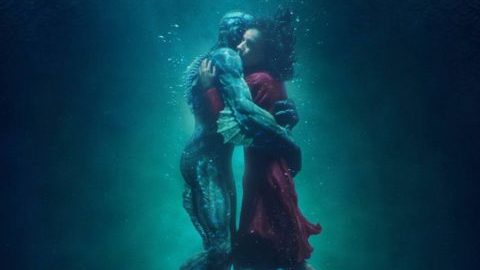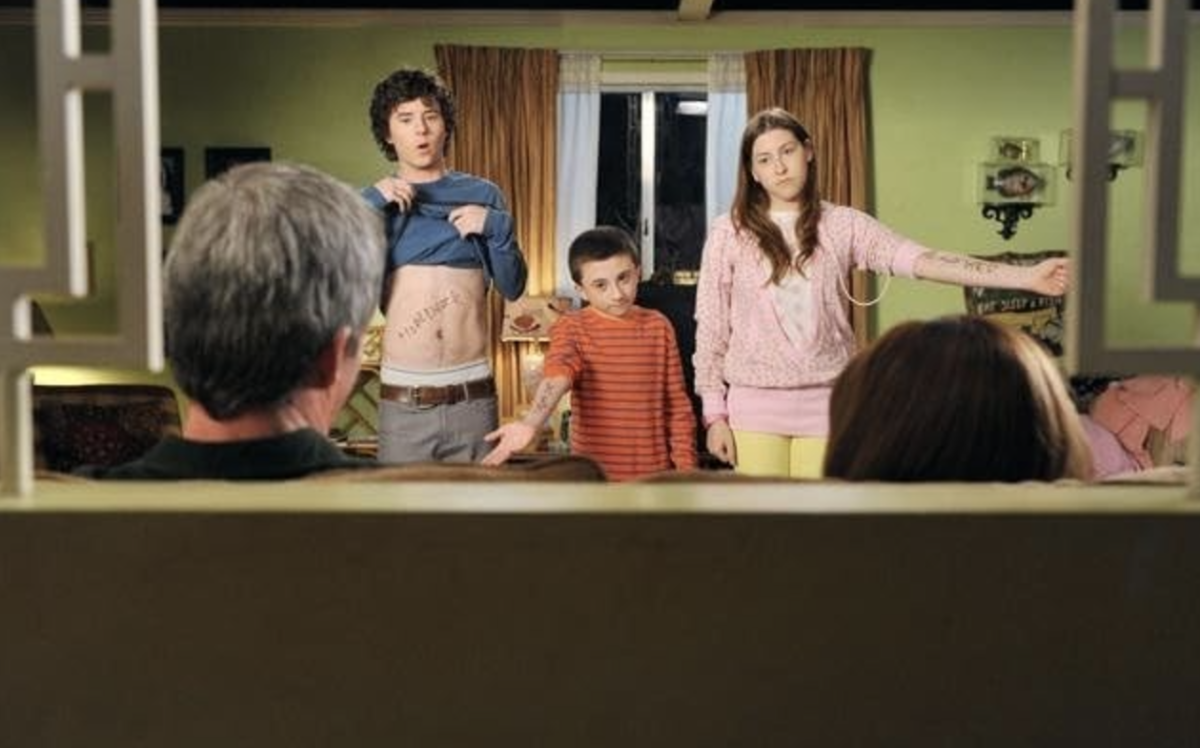Think how absurd it must have been for Fox Searchlight Pictures to hear monster Guillermo del Toro’s pitch: at a top secret government research lab during The Cold War, a lonely, mute janitor falls in love with an amphibious humanoid creature subjected to vicious experiments.
This is “The Shape of Water,” a film about so many things that I feel trying to label them in a review would be a disservice to the experience of the film. But I’ll do it anyway, I guess.
Known for working with monsters in a variety of films like “Pan’s Labyrnith,” “The Devil’s Backbone,” “Crimson Peak” and more, del Toro is considered one of the most distinctive, highly regarded film auteurs today.
And it’s del Toro’s ability to subvert the confinements of any one film genre that makes “The Shape of Water” the best film of 2017. There are elements of film noir, with its depiction of a shadowy, rainy Baltimore plagued by anti-Soviet paranoia in 1962. Colored by a luminous green at night, an uneasiness pervades the beginning of the film.
Considered a god and worshipped in parts of the Amazon, this captured amphibian, known as “The Asset” by the U.S. government, is sought after for its potential powers. Yet the existential threats that surround the Cold War, like the creature tested at the research lab, are juxtaposed with a simpler time for civilians when the American Dream was alive and well – so long as one was living comfortably in suburbia with a wife and two kids.
The film merges into a nostalgic musical tribute to the whimsy of the past. Shirley Temple tap dance scenes are shown on TV as the musical and cinematic elements of the time act as a breath of fantastical, fresh air for people to escape to. Breathtaking jazz numbers by Benny Goodman and Glenn Miller, in addition to a colorful soundtrack beautifully composed by Alexandre Desplat, gently remind us of our past.
These aesthetic choices don’t necessarily advance the narrative, yet they’re gorgeous love letters to nostalgia, the cheery depiction of the city that, while unrealistic, is the kind we see when we envision life in the ’60s. I’m quite certain the gorgeous bits of films and songs featured in “The Shape of Water” inspired a young del Toro. Their presence offers a timelessness to the film that makes it a work of art inspiring filmmakers like myself to seek out the seminal work of auteurs of generations ago.
Aside from the film’s stunning aesthetic, there’s an urgency even today that’s relatable and uncannily prescient of del Toro. He utilizes marginalized people within society – a black female janitor and a closeted gay man – to characterize the social mores of the day. The two aren’t quite the reflections of what’s advertised in television commercials or in Sears and Roebuck catalogs, yet they’re integral to the advancement of the narrative.
Living directly above the grand, archetypal movie palace we never knew of long ago is our protagonist of the love story, Elisa (Sally Hawkins). When she was a baby, her vocal chords were extracted from her, rendering her mute. Working nights with Zelda (Octavia Spencer) as janitors cleaning a top-secret government research lab, they’re introduced to The Asset (played by Doug Jones, the modern Lon Chaney), a so-called monster who’s chained up in a water tank in an isolated facility.
Elisa, however, does not see a monster. Instead, she sees a kindred spirit who shares not just her silence but her scars of abuse and sense of alienation. Elisa forms a kinship with the creature, often sneaking inside his confined facility to share her hard boiled eggs with him over lunch. Eventually, their relationship grows, taking the film to modern-day unconventional Hollywood love story lore.
Elisa explains the importance of her love for the creature to her neighbor (Richard Jenkins) pithily: “When he looks at me, he doesn’t know how I am incomplete. He sees me as I am.”
“The Shape of Water” best captures the experience of observing the otherworldly through lenses of amazement and curiosity. The vast majority of horror movies position the monster as something to be feared and scorned. Del Toro shows that monsters, no matter how dangerous or wild they appear, “are patron saints of our blissful imperfection and they allow, and embody, the possibility of failing.”
Despite this film’s impossibly fantastical nature, it is through the love one woman has for a sea creature that we know how it feels to love someone, and this might be one of the ultimate goals of our existence.
Despite bigotry and evil, empathy and kindness will prevail. The shape of water, like the shape of love, takes on many forms. But what is the shape itself? Del Toro argues, the shape of water and the shape of love take on the shape of the vessel that they’re in. If you’re both loving and open to other people, regardless of how different they may be from you, the shape of your water will be beautiful.
Ben Tuval can be reached at [email protected].



















